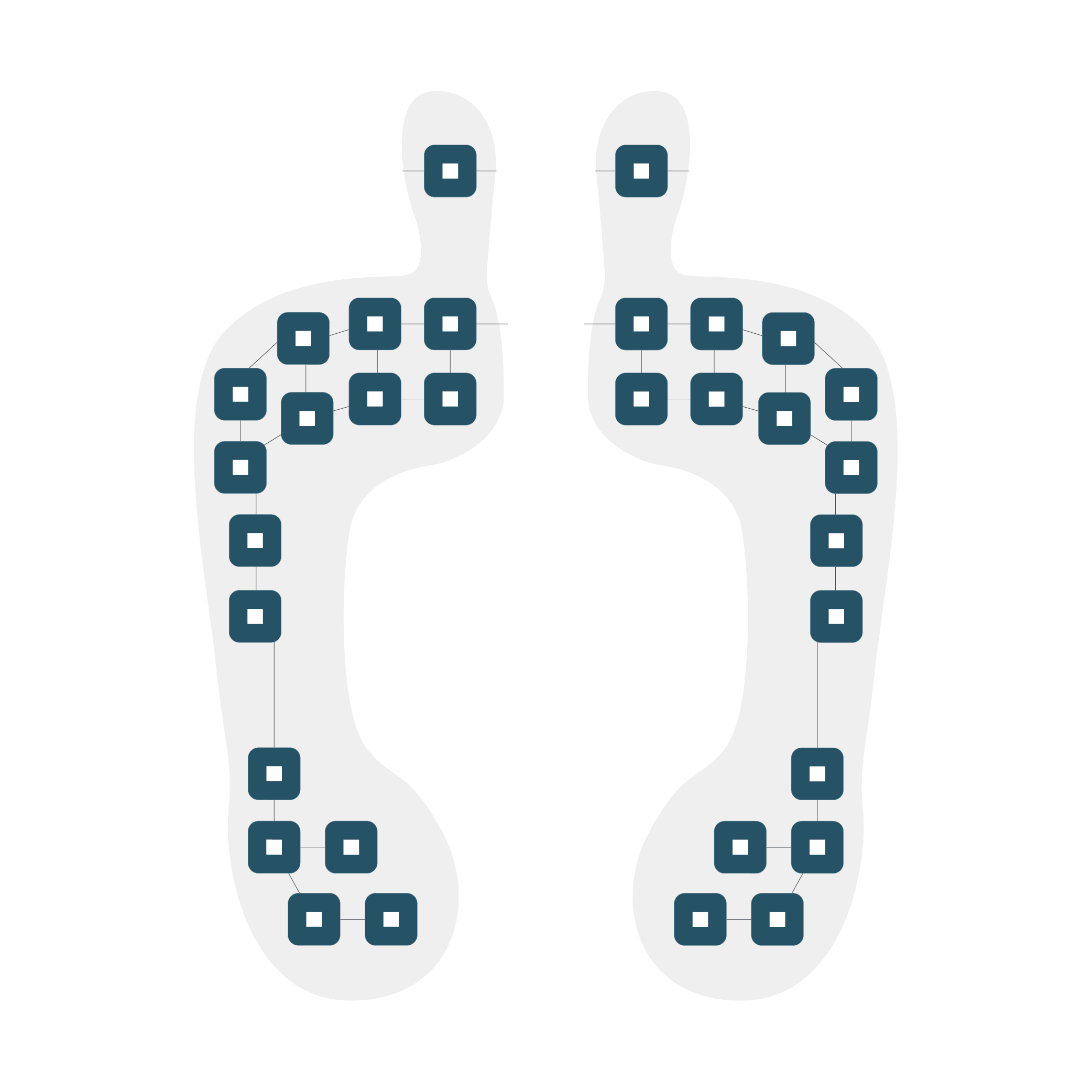In today’s quickly changing workplace, the significance of occupational safety cannot be emphasized. As businesses grow more complicated and diversified, the need for improved Personal Protective Equipment (PPE) has never been higher. PPE tech combines conventional safety gear like wearable motion sensors and IMU sensor fusion with cutting-edge technology. This unique approach to worker protection is more than a fad; it is increasingly critical to the future of occupational safety. Let’s look at how PPE Tech has the potential to change workplace safety and why companies must embrace this technology.
The Evolution of PPE
Historically, PPE was static and passive. Hard helmets, safety glasses, and steel-toed boots have long been essential components of industrial safety. While these things are still important, they have limited capacity to react to changing situations or offer real-time data on worker safety.
PPE Tech upgrades this traditional equipment with sensors, networking, and smart functions. This progress enables a more dynamic and flexible approach to worker safety, addressing not just recognized dangers but also predicting and mitigating prospective risks.
Real-time Monitoring and Alert Systems
One of the most important benefits of smart PPE is the ability to monitor worker conditions in real-time. Smart helmets can now detect impacts and notify supervisors if a worker has sustained a possible head injury. Wearable gadgets like wearable motion sensors may monitor vital signs and notify both the worker and management when symptoms of heat stress or exhaustion are identified.
These real-time monitoring capabilities are especially useful in high-risk sectors like construction, mining, and manufacturing. By supplying real-time notifications, PPE tech enables prompt action, perhaps averting incidents before they occur.
Enhanced Communication and Connectivity
Clear and sustained communication is critical to safety in many work contexts. PPE tech is addressing this demand through integrated communication systems. Smart earplugs, for example, shield workers from excessive noise while allowing for improved communication with team members.
Furthermore, connected smart PPE helps to improve overall site management. Supervisors can monitor employees’ whereabouts, ensuring they are in safe areas, and swiftly locate workers in the event of an emergency. This degree of communication not only improves safety but also increases operating efficiency.
Data Collection and Analysis for Proactive Safety Measures
One of PPE Tech’s most impressive features is its capacity to gather and analyze data. Each piece of smart PPE becomes a data point, delivering vital information about working circumstances, worker behavior, and possible risks.
This plethora of data enables businesses to shift from reactive to proactive safety measures. Businesses may identify high-risk regions or activities and apply preventative actions ahead of time by examining patterns and trends. This data-driven approach to safety has been shown to significantly reduce workplace mishaps and injuries.
Customization and Adaptability
Each workplace and its safety standards are unique. PPE Tech provides levels of flexibility and versatility that conventional PPE just cannot match. One huge advantage of smart PPE is that it can be configured to respond to specific environmental conditions and occupational requirements.
For example, smart vests equipped with AI-enabled IMUs can detect when a worker is experiencing a man-down situation and sends out emergency alerts. Or even wearable sensors that can detect when ambient conditions become dangerous to a firefighter’s health. Adaptive PPE not only increases worker safety but also improves comfort and productivity.
Improved Compliance and Training
Safety managers have challenges in ensuring personnel utilize personal protective equipment appropriately on a continuous basis. PPE tech could solve this problem with features like sensors that monitor correct wear and use. Some smart PPE gadgets like high accuracy imu sensors may even provide workers with real-time feedback and directions to ensure they’re using the device appropriately.
PPE tech also improves the effectiveness of safety training. Virtual and augmented reality incorporated with PPE offers immersive training experiences, enabling workers to practice high-risk safety procedures in a risk-free setting. This technology has the potential to make workers more prepared and aware of safety hazards.
Cost-effectiveness in the Long Term
While the initial investment in PPE Tech may higher than that of standard PPE, the long-term advantages often surpass the expenses. Companies that reduce accidents and injuries tend to save greatly on workers’ compensation claims, and lost productivity.
Furthermore, the data acquired by PPE tech serves to improve safety practices and optimize resource allocation, resulting in more efficient operations overall. As sensing technology develops its reach, economies of scale are projected to reduce prices, making smart PPE tech more affordable to enterprises of all sizes.
Addressing New and Emerging Risks
As workplaces change, new hazards arise, the 2020 pandemic underlined the need for adaptive PPE that can protect against biological dangers. PPE tech is at the forefront of meeting these new issues with inventions like smart masks that detect viruses and monitor air quality.
As we advance, PPE tech will be critical in safeguarding workers from developing dangers connected with new technology, changing environmental conditions, and altering work patterns.
Enhancing Employee Confidence and Well-Being
Beyond physical protection, PPE tech like high accuracy IMUs boost employee morale and well-being. Knowing that they are outfitted with superior safety technologies psychological advantage contributes to employees’ peace of mind and job satisfaction.
Furthermore, the comfort and usability advantages provided by many PPE Tech solutions make for a more robust safety culture inside enterprises. This of course minimizes physical strain on workers, resulting in improved overall health and well-being in the long run.
Conclusion
The future of workplace safety rests in the clever combination of sensing technology and conventional protective equipment. PPE tech is becoming a vital tool in building safer, more efficient workplaces through real-time monitoring, improved communication, data-driven insights, and the flexibility to respond to new threats.
As we look forward, it’s apparent that PPE Tech like high accuracy IMU, motion sensors, and AI algorithms, will play an important role in establishing occupational safety rules and practices. Companies that adopt this technology today will not only improve employee safety but will also put themselves at the forefront of industry innovation.
An investment in PPE Tech is an investment in every organization’s most important asset: its employees. As technology advances, we at 221e anticipate groundbreaking innovations in workplace safety. The challenge for organizations is not whether they should use PPE Tech but when and how they will incorporate these critical advancements into their safety processes.

